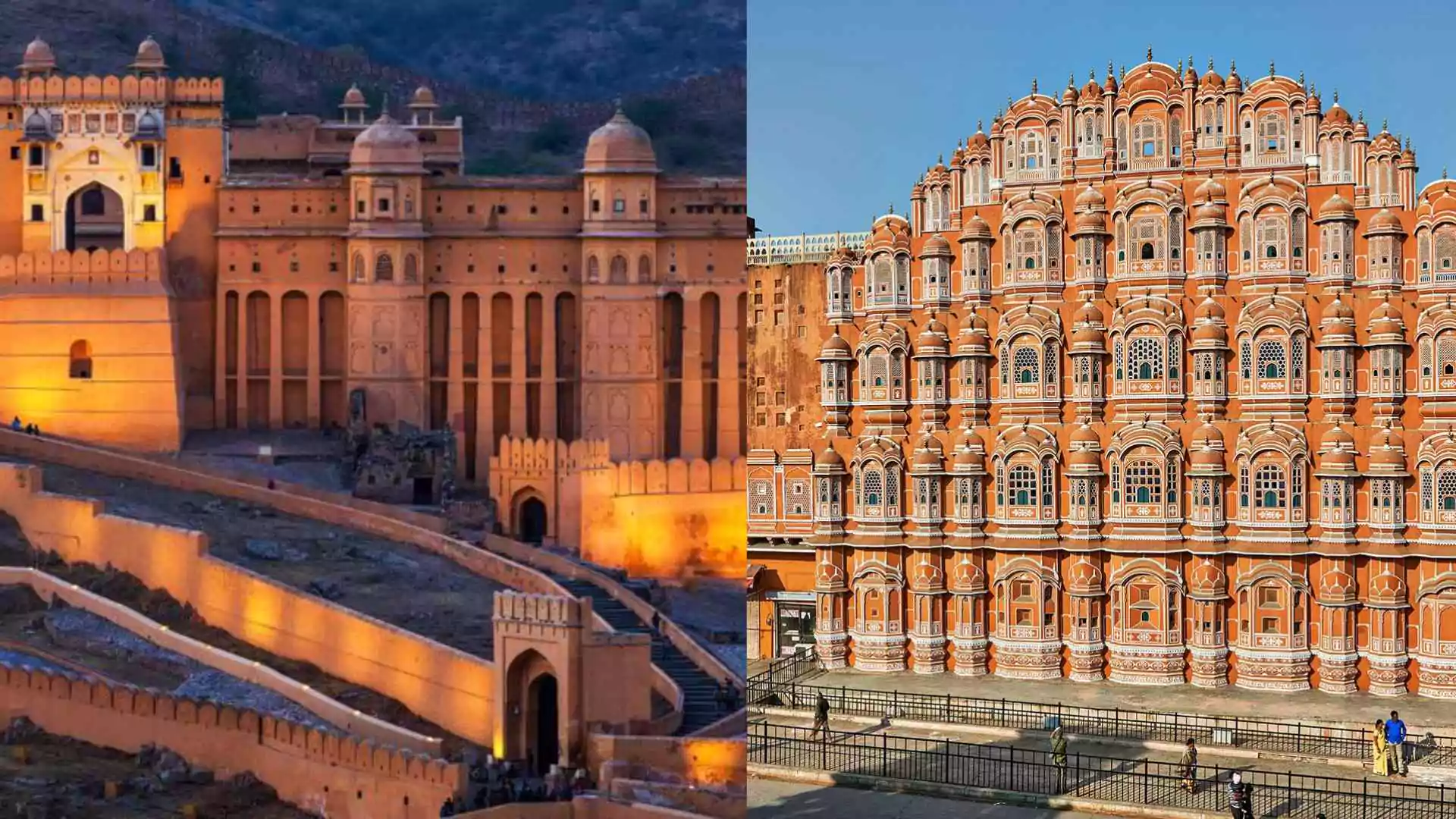As the Delhi elections 2025 results are out, with BJP securing a massive victory, Aam Aadmi Party’s Delhi dream comes to an end. After securing a hat-trick win in 2020, the 2025 elections were a major setback to the party’s political aspirations and its national convener, Arvind Kejriwal.
The results show a major shift from 2020, when AAP had a strong majority with 62 seats, now dropped to 22 with a loss of 40 seats. BJP has made comeback, jumping from 8 seats in 2020 to 48 seats in 2025, gaining all the 40 seats lost by AAP. Meanwhile, Congress (INC) has failed to secure even a single seat, yet again.
Many high-profile candidates of AAP suffered an embarrassing defeat in Delhi polls, including Arvind Kejriwal from the New Delhi constituency, Saurabh Bhardwaj from Greater Kailash and Manish Sisodia from Jangpura.
Advertisement · Scroll to continue— Arvind Kejriwal (@ArvindKejriwal) February 8, 2025
Political analyst Arathi Jerath has listed the many factors that may have contributed to AAP’s downfall. Arathi further spoke about who could be the CM face of BJP, and what changes the ‘double engine’ government of BJP will bring in the national capital.
The Rise of AAP
First, let’s talk about how the Aam Aadmi Party rose to power. AAP rose from the anti-corruption campaign called ‘the Jan Lokpal Movement’ led by Social Activist Anna Hazare in 2011. Arvind Kejriwal, a former IRS, joined the movement with other key faces, including Kumar Vishwas, Manish Sisodia, and Prashant Kishore.
On Gandhi Jayanti, 2 October 2012, Kejriwal formally announced the formation of a new political party, and it was launched on 26 November 2012. The name was ‘Aam Aadmi Party’ (Common Man’s Party.)

It was in 2013, when AAP in the 2013 Delhi elections defeated Sheila Dixit’s government, securing a majority in the assembly, with Arvind Kejriwal becoming the CM of Delhi. They announced free electricity, water, and other freebies that attracted the poorer sections of society. With that, AAP cemented its position in Delhi for the next two polls. From Delhi, AAP went on to secure the neighboring state of Punjab as well, a first for any new political party.
It was perceived as a common man’s party against the elite political parties, particularly the Congress government. Free electricity, reduced water bills, better government schools, and local health clinics were the issues on which AAP’s success relied. It became a popular party among urban middle-class and low-income groups.
The Fall of AAP
After two consecutive terms, the party’s reputation faded into the series of corruption allegations, which they were initially against. Delhi, once a stronghold of the Aam Aadmi Party, has now chosen BJP’s government after 27 years. But how did this happen?
Political Analyst Arathi Jerath puts it out precisely, “AAP lost in Delhi and Arvind Kejriwal personally suffered defeat in New Delhi due to his ‘own image’ which was tarnished from controversies regarding the liquor scam to ‘Sheesh Mahal’.”
“Moreover, the issues on which AAP’s governance was based, including education and healthcare (Mohallaa clinics), seem to be coming apart.”
“Other reasons can be the mountains of garbage, the pollution issue not resolved, then the quality of life of people generally, has not improved,” she added.
On what’s next for Arvind Kejriwal, she added, “There is restlessness discontent among party workers, he has to now focus on keeping the party as repercussions will be seen in Punjab too.”
She concluded, “Arvind Kejriwal will now see himself in an existential crisis.”
What Led to BJP Win?
BJP realised that the key to winning the Delhi elections was ‘freebies’ politics. They followed the Kejriwal Model and ensured to provide many things free of cost. They promised to give direct money to women’s accounts, ₹21000 for pregnant women, which may have attracted the women voters.
Arathi Jerath emphasised that “BJP ‘cleverly’ capitalised on it with ‘Modi Ki Guarantee.”
She also emphasised there was a ‘sharp divide’ of voters, ‘the social economic divide’, where the urban middle class voted for BJP and the poorer section still was in favour of AAP.
“This sharp divide needs to be studied by the incoming government and to be addressed in future,” she added.
Who could be the CM face?
When asked if Parvesh Verma could be the next CM, she replied, “The structure of power in Delhi rests on the power in the centre, BJP has made it clear that everything needs to be passed from the Delhi Lieutenant Governor.”
सेवा, सुशासन पर विश्वास और आशीर्वाद की जीत।
यह ऐतिहासिक विजय है नई दिल्ली की देवतुल्य जनता की।
जीत का प्रमाण पत्र आज पिताजी पूजनीय स्वर्गीय डॉ. साहिब सिंह जी को समर्पित किया और उनके आदर्शों एवं आदरणीय प्रधानमंत्री श्री @narendramodi जी के ‘सेवा ही संकल्प’ के भाव को निष्ठा से… pic.twitter.com/jBJ0Uz2sx8
— Parvesh Sahib Singh (@p_sahibsingh) February 8, 2025
“BJP will choose someone who they can trust, like we have seen in Madhya Pradesh, Uttarakhand,” she said.
She added, “BJP has a tradition of choosing ‘faceless’ people; they may choose someone non-controversial.”
Lastly, “BJP may pitch for a women CM like Congress opted for Sheila Dixit, who became a prominent CM.”
ALSO READ: Arvind Kejriwal Reacts To AAP’s Lose In Delhi Elections 2025, ‘We Accept The Mandate’






















